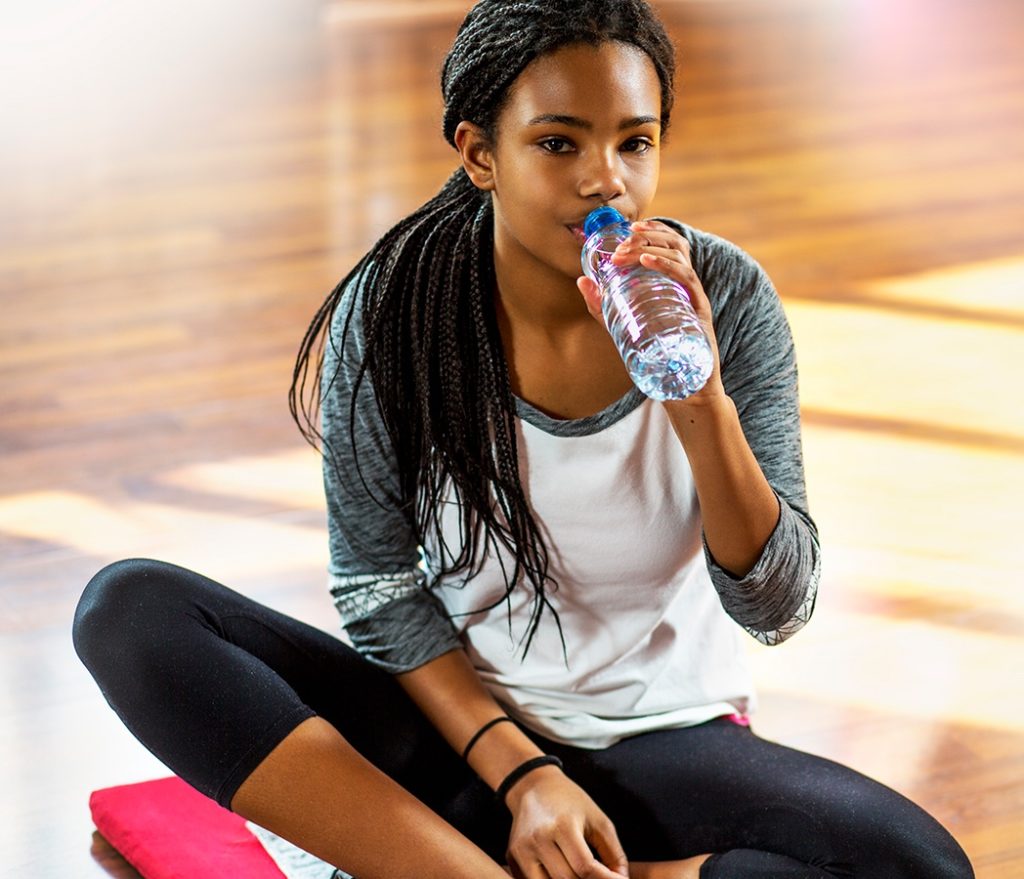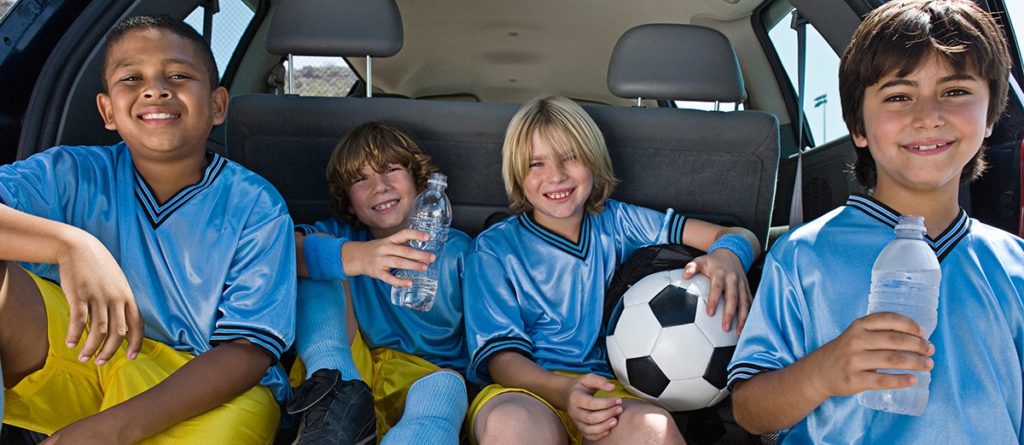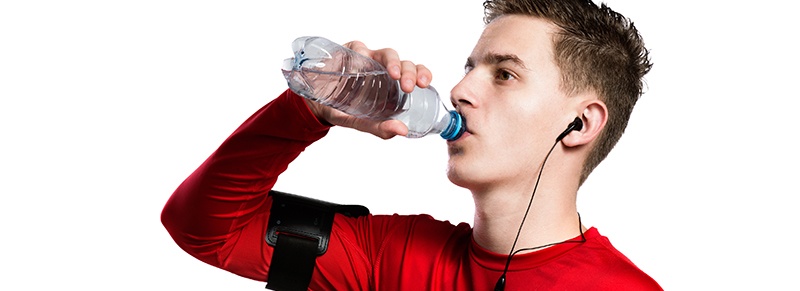Things to know about sports drinks and energy drinks
Makers of sports drinks and energy drinks brag about the beverages’ benefits, but physicians and other scientists tell a different story.
Save your money, drink water
“Sports drinks” are flavored beverages that contain carbohydrates (usually sugar—like 18 teaspoons of it) and eletrolytes such as sodium and potassium. Ads claim to help athletes rehydrate and replace important nutrients lost through sweat better than water does. Popular brands include Gatorade and Powerade.
“Energy drinks” claim to increase energy, aid weight loss, and improve concentration. Popular brands include Monster, Red Bull, and Rockstar.
But the truth is that few of us actually need sports drinks, and energy drinks are outright dangerous for children and teens. To save money and promote good health, drink water instead.

History of sports drinks
The first sports drink was developed in 1927 by a chemist in England, but it was intended—and initially used—as a remedy for the sick. Almost forty years later, the medical staff for the University of Florida football team invented Gatorade for its Gators, in response to medical emergencies seen during intense workouts in the Florida heat. Gatorade quickly became associated anecdotally with the football team’s success on the field, and interest in the drink spread among college and professional football teams.
It was the “Be like Mike” ads of the 1990s featuring Michael Jordan that catapulted sports drinks into mainstream popularity. Gatorade invested $15 million in Jordan to make it happen. Rival Powerade responded in kind in 2003, signing LeBron James to an advertising contract worth $2 million per year. Ads by these super star athletes seem to have paid off, as sales of sports drinks exceeded $8.4 billion in the U.S. in 2015.

Reality: we’re not like Mike
Physicians and scientists say that amateur athletes and those that exercise casually don’t need anything more than water before, during, or after physical activity. In fact, the excess sugar in sports drinks likely does more harm than good for the majority of us. The drinks’ popularity coincides with growing obesity trends.
Critics point out that most of the research in favor of sports drinks was sponsored by makers of sports drinks. Also important, the benefits have been noted in highly trained endurance athletes only.
The danger of energy drinks
The American Academy of Pediatrics recommends that children and teens never use energy drinks. A balanced diet and sufficient sleep are a better means of increasing energy, aiding weight loss, and improving concentration.
The problem with energy drinks is their high caffeine content. We know that one energy drink can include the same caffeine as 14 cans of soda! Nutrition labels don’t reveal how much total caffeine is in each ingredient, so it’s hard to monitor how much is consumed. The Food and Drug Administration regulates how much caffeine is in sodas, but energy drinks are classified as dietary supplements, so the regulations are different.
Energy drinks have been associated with multiple dangerous side effects in children and teens, including high blood pressure, elevated blood sugar, anxiety, and sleep disturbances. Some of the effects are immediate and life-threatening.

Bottom line: what you need to know
- Water is the best beverage choice before, during, and after physical activity.
- Children and teens should never use energy drinks.
- Sports beverages should not be consumed with meals or snacks. Choose water or low fat milk instead.
- Sports drinks may have benefit for highly trained endurance athletes, but not for amateur athletes or individuals who exercise casually.
Share it
Get a printable one-page flyer about sports drinks and energy drinks. You can send it home to families and post it on-site where children and their parents will see it. Get the flyer.
As always, you are also welcome to share this post and use excerpts from it in your own newsletters.

Topics: Healthy Eating
Subscribe for more
Want more ideas for healthy schools, workplaces, child care providers, and families? Subscribe to our blog for weekly tips delivered right to your inbox!
4 ways to engage parents in school wellness NEXT »
Increase healthy eating at work: get a healthier lunch delivered
